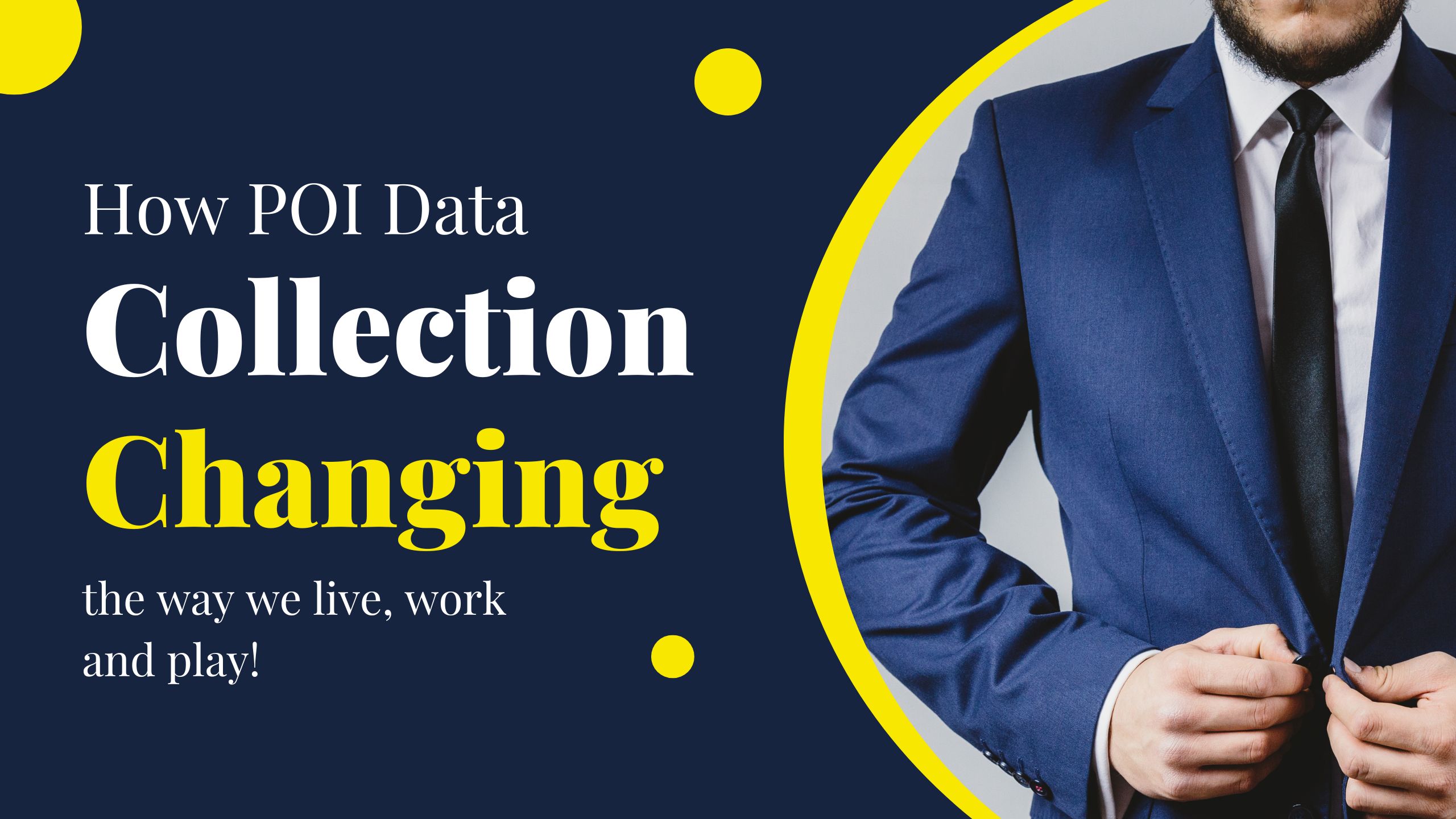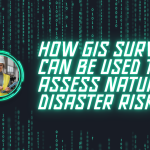POI data collection is the process of gathering information about places of interest (POIs). POIs can be anything from restaurants and shops to museums and tourist attractions. POI data is collected from a variety of sources, including social media, GPS devices, and customer reviews.
POI data collection is having a major impact on the way we live, work, and play. Here are just a few examples:
- Navigation: POI data makes it easier for us to navigate new places and find the things we need. For example, when we use a navigation app, POI data is used to show us the location of nearby restaurants, gas stations, and ATMs.
POI data is also being used to develop new navigation technologies, such as self-driving cars. Self-driving cars need to be able to identify and navigate around POIs in order to safely get from point A to point B.
- Local search: POI data makes it easier for us to find local businesses and services. For example, when we search for “best restaurants near me” on Google, POI data is used to show us a list of restaurants in our area.
This is convenient for consumers, as it allows them to quickly and easily find the businesses and services they need. It is also beneficial for businesses, as it helps them to reach potential customers who are interested in their products or services.
- Marketing: Businesses use POI data to target their marketing campaigns to potential customers. For example, a restaurant might use POI data to target people who live or work near their location.
POI data can also be used to create more personalized marketing campaigns. For example, a retailer might use POI data to send customers coupons for products that they are likely to be interested in, based on their past purchases.
- Urban planning: City planners use POI data to make better decisions about how to develop and improve their cities. For example, POI data can be used to identify areas where there is a need for new businesses or services.
POI data can also be used to improve the design of cities. For example, city planners can use POI data to create pedestrian-friendly streets and to locate parks and public spaces in areas where they are most needed.
Other applications of POI data collection
POI data collection is also being used in a variety of other ways, including:
- Public safety: POI data can be used to improve public safety by identifying areas where crime is more likely to occur. POI data can also be used to track the spread of diseases and to identify areas that are at risk for natural disasters.
- Environmental protection: POI data can be used to protect the environment by identifying areas that are sensitive to pollution or development. POI data can also be used to track the movement of wildlife and to identify areas that need to be protected.
- Social research: POI data can be used to conduct social research on a variety of topics, such as human mobility, consumer behavior, and social interaction. POI data can also be used to study the impact of public policies and social programs.
Conclusion
POI data collection is a powerful technology that is having a major impact on the way we live, work, and play. As POI data collection technology continues to develop, we can expect to see even more innovative and transformative applications for POI data in the future.




